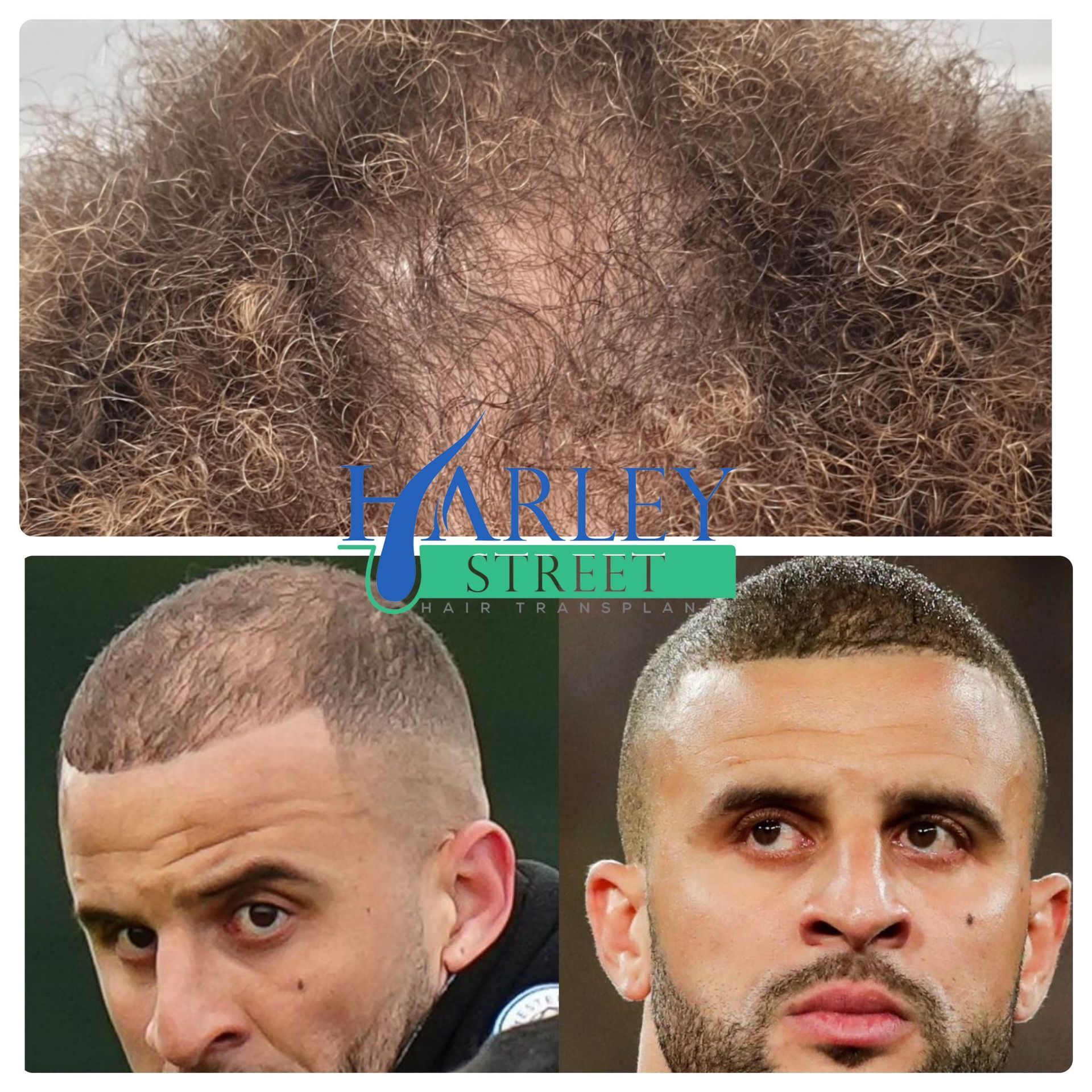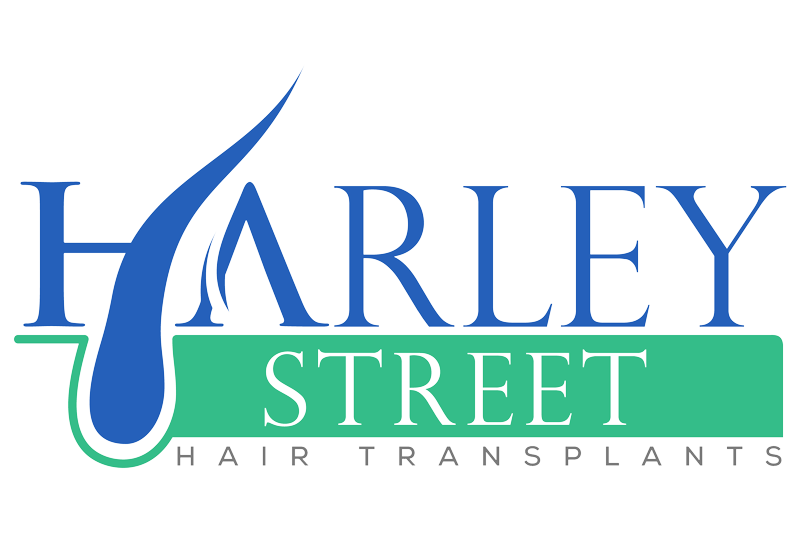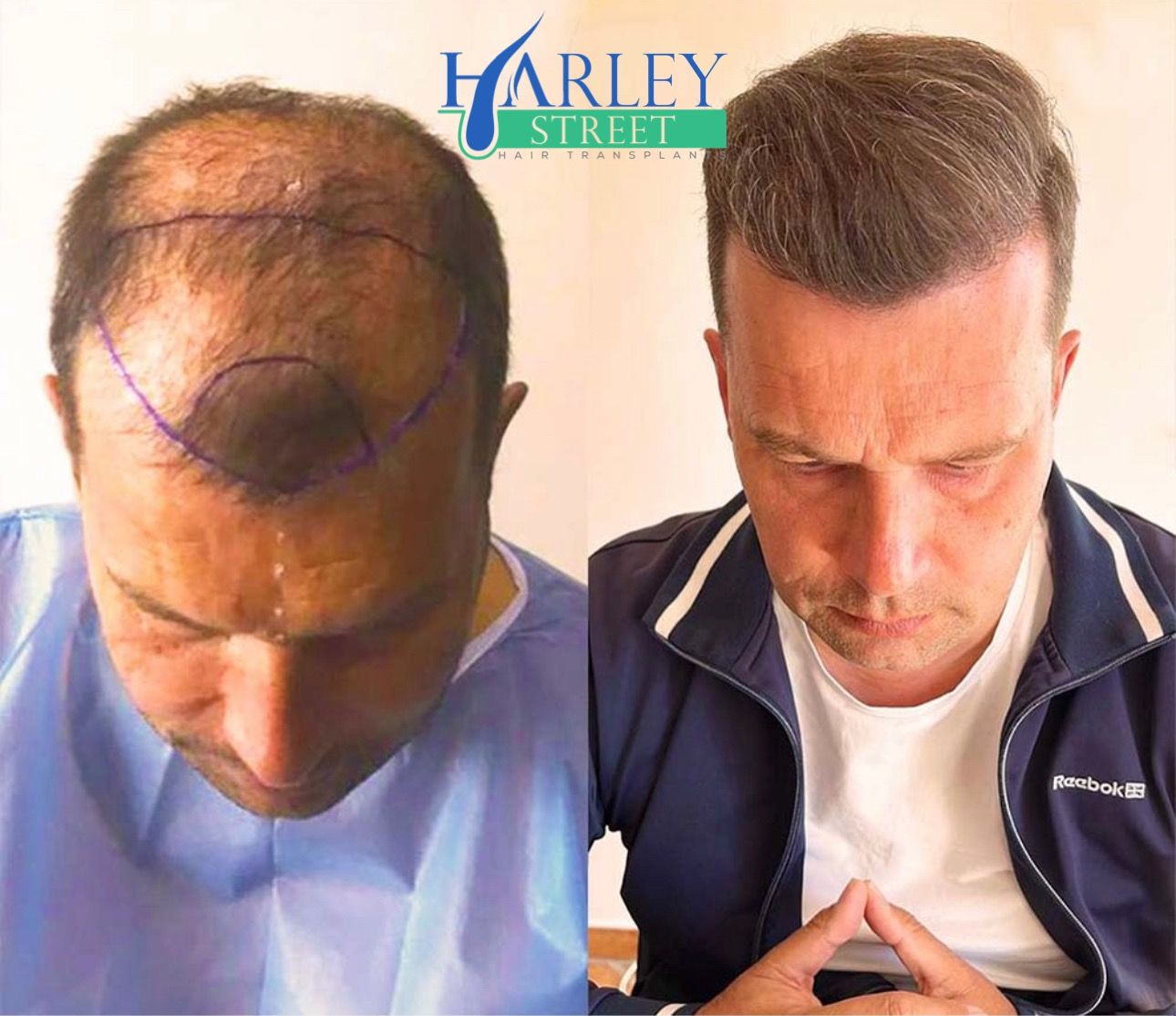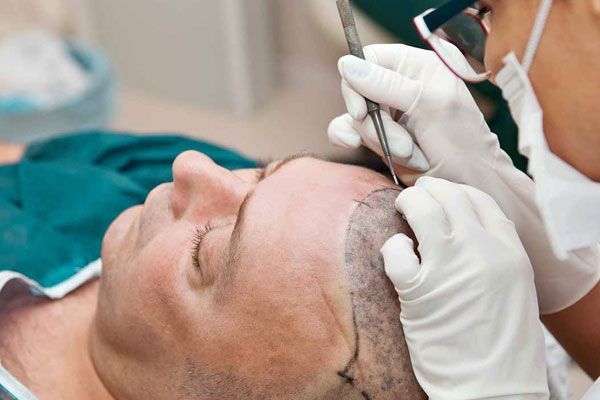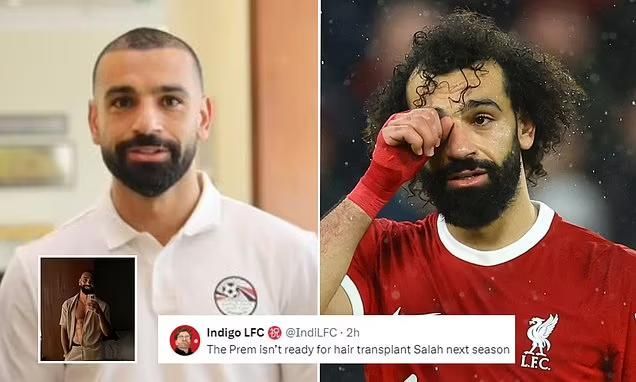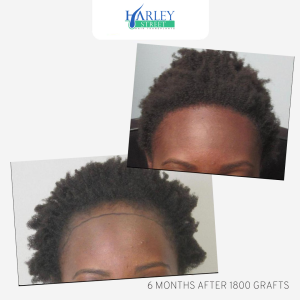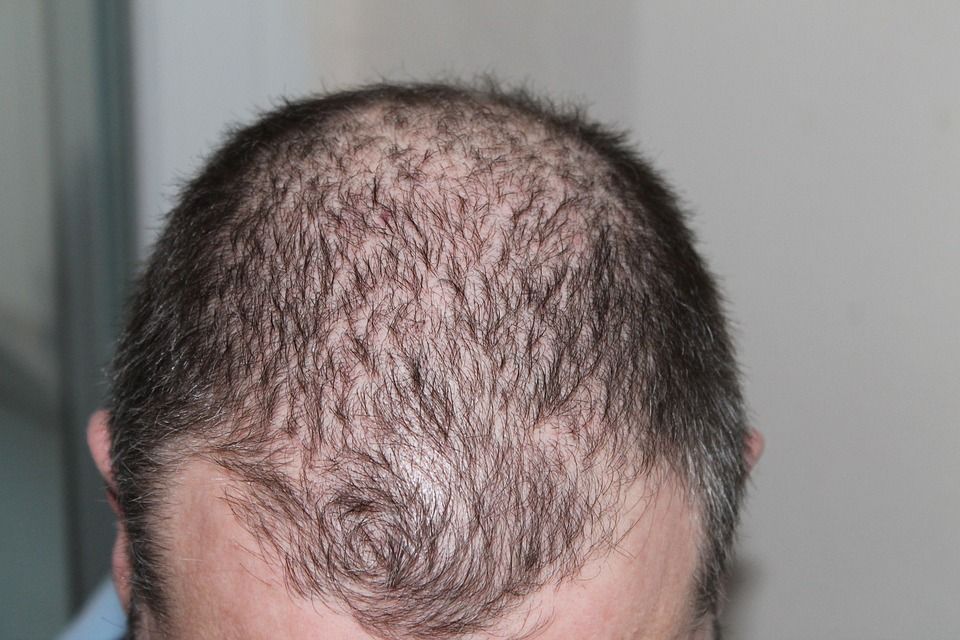Blog Details
HOME > BLOG DETAILS
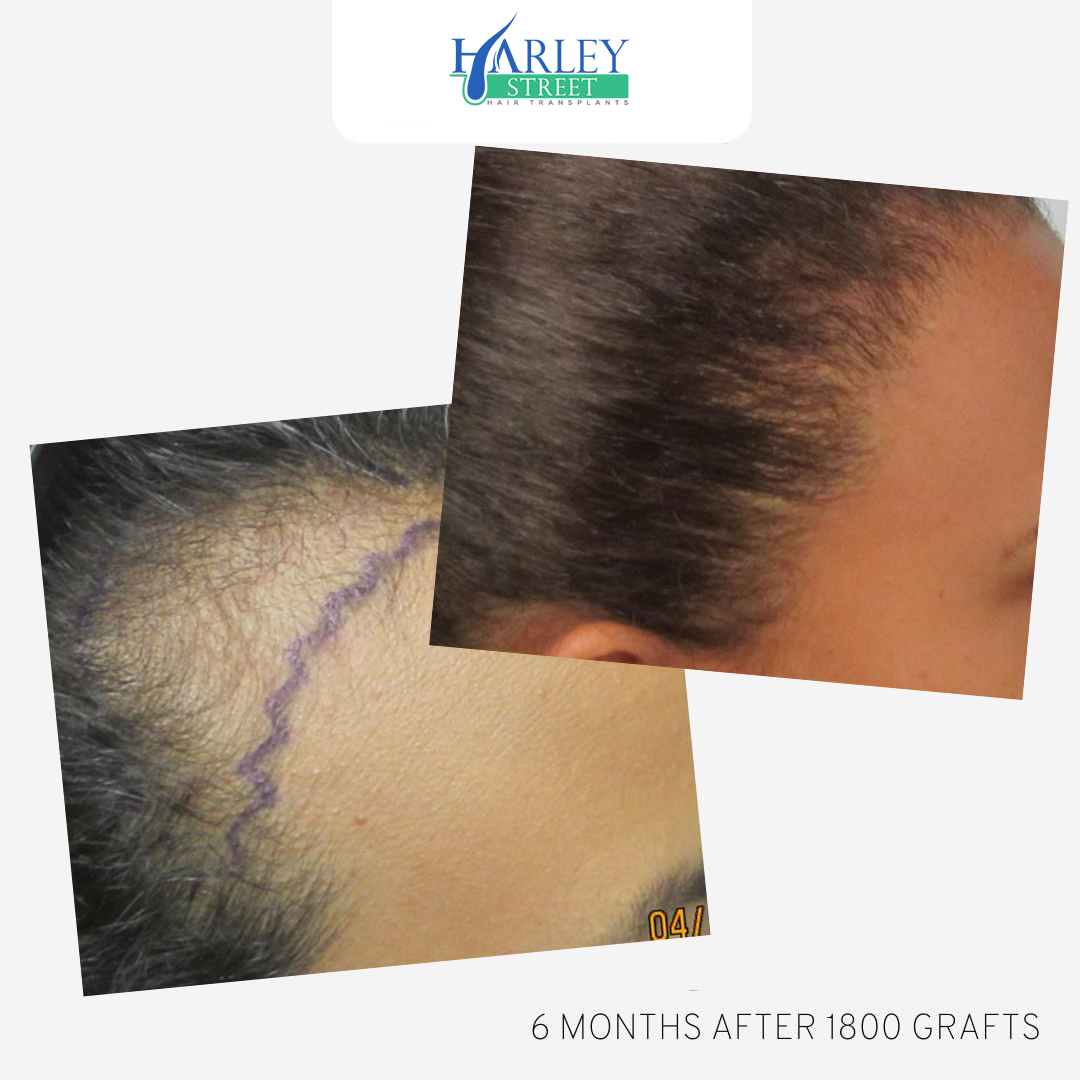
Hair loss affects millions of people worldwide, and it can be caused by a variety of factors, including genetics, aging, hormonal changes, and medical conditions. While hair loss is not life-threatening, it can be a significant source of anxiety, stress, and loss of confidence for those who suffer from it.
The good news is that there are several effective hair loss treatment options available today that can help to slow down or reverse the process of hair loss. In this article, we will take a closer look at some of the most popular hair loss treatment options and help you decide which one is right for you.
Minoxidil
Minoxidil is a topical hair loss treatment that is available over the counter in most countries. It works by widening the blood vessels in the scalp, which allows more oxygen, blood, and nutrients to reach the hair follicles. This, in turn, prom otes hair growth and can help to slow down or even reverse hair loss in some people.
Minoxidil is usually applied twice a day to the affected area of the scalp, and it can take up to six months to see any significant results. While it is generally safe and well-tolerated, some people may experience side effects such as itching, redness, and dryness of the scalp.
Finasteride
Finasteride is an oral medication that is used to treat male pattern baldness, which is the most common form of hair loss in men. It works by blocking the conversion of testosterone into dihydrotestosterone (DHT), which is the hormone that causes hair loss in men.
Finasteride is only available with a prescription and is taken once a day. It can take up to three months to see any significant results, and it must be taken continuously to maintain its effectiveness. While it is generally safe and well-tolerated, some people may experience side effects such as reduced sex drive and erectile dysfunction.
Hair Transplant Surgery
Hair transplant surgery is a more invasive hair loss treatment option that involves removing hair follicles from one part of the scalp (usually the back of the head) and transplanting them into the balding area. This procedure can be done using two different methods: follicular unit transplantation (FUT) or follicular unit extraction (FUE).
FUT involves removing a strip of skin from the scalp, dividing it into individual hair follicles, and transplanting them into the balding area. FUE, on the other hand, involves removing individual hair follicles directly from the scalp and transplanting them into the balding area.
Hair transplant surgery can take several hours to complete, and the recovery time can range from a few days to a few weeks. While it is generally safe and effective, it is also more expensive than other hair loss treatment options and may not be covered by insurance.
Laser Therapy
Laser therapy is a non-invasive hair loss treatment option that involves using low-level laser light to stimulate hair growth. This type of therapy is usually done in a clinical setting, but there are also several at-home laser therapy devices available on the market.
The exact mechanism of action of laser therapy is not well understood, but it is thought to work by increasing blood flow to the scalp and stimulating hair follicles. Laser therapy is generally safe and painless, but it can be expensive and may require several sessions to see any significant results.
Scalp Micropigmentation
Scalp micropigmentation is a non-surgical hair loss treatment option that involves tattooing tiny dots or lines on the scalp to create the illusion of a full head of hair. This type of treatment is especially effective for people with shaved heads or those who have only partial hair loss
